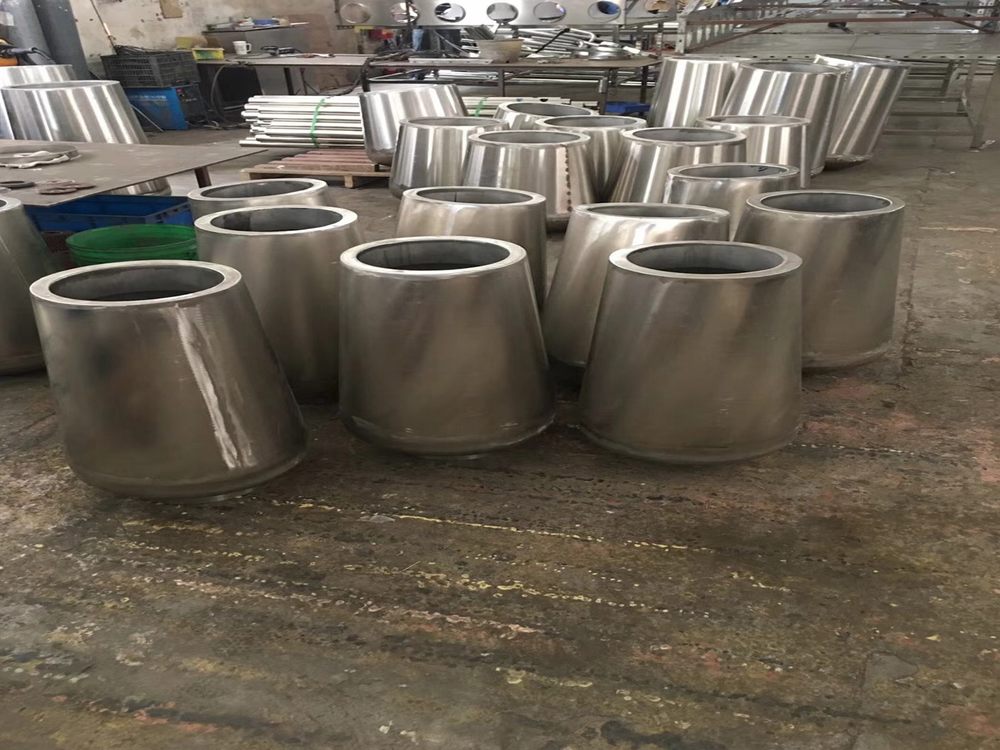
The restoration of culturally significant porcelain sculptures presents a complex interplay of ethical challenges, where conservators must navigate competing priorities to preserve both material and intangible heritage. One primary dilemma revolves around authenticity—whether to fully reconstruct missing fragments using modern materials or leave gaps to maintain historical transparency. This tension between aesthetic completeness and truthful representation often sparks debate among scholars and practitioners.
Another frequent ethical conflict arises from the use of advanced technologies like 3D printing or chemical bonding agents. While these methods can achieve remarkable precision, they risk altering the original craftsmanship that gives these artifacts their cultural value. Restoration teams must weigh technological possibilities against the obligation to respect traditional techniques.
The question of reversible interventions versus permanent alterations forms a third major dilemma. Conservators face pressure to create durable repairs for fragile porcelain, yet must ensure future generations can distinguish original elements from restored portions. This becomes particularly contentious when dealing with sacred or ritual objects where material integrity holds spiritual significance.
Additionally, the growing practice of digital documentation before restoration introduces new ethical considerations. While creating detailed scans preserves a record of pre-restoration conditions, some argue this process itself constitutes an intervention that may affect the artifact's aura. These dilemmas underscore how porcelain restoration sits at the crossroads of art, science, and cultural philosophy, requiring case-by-case judgments that honor both the object's history and its future preservation.

